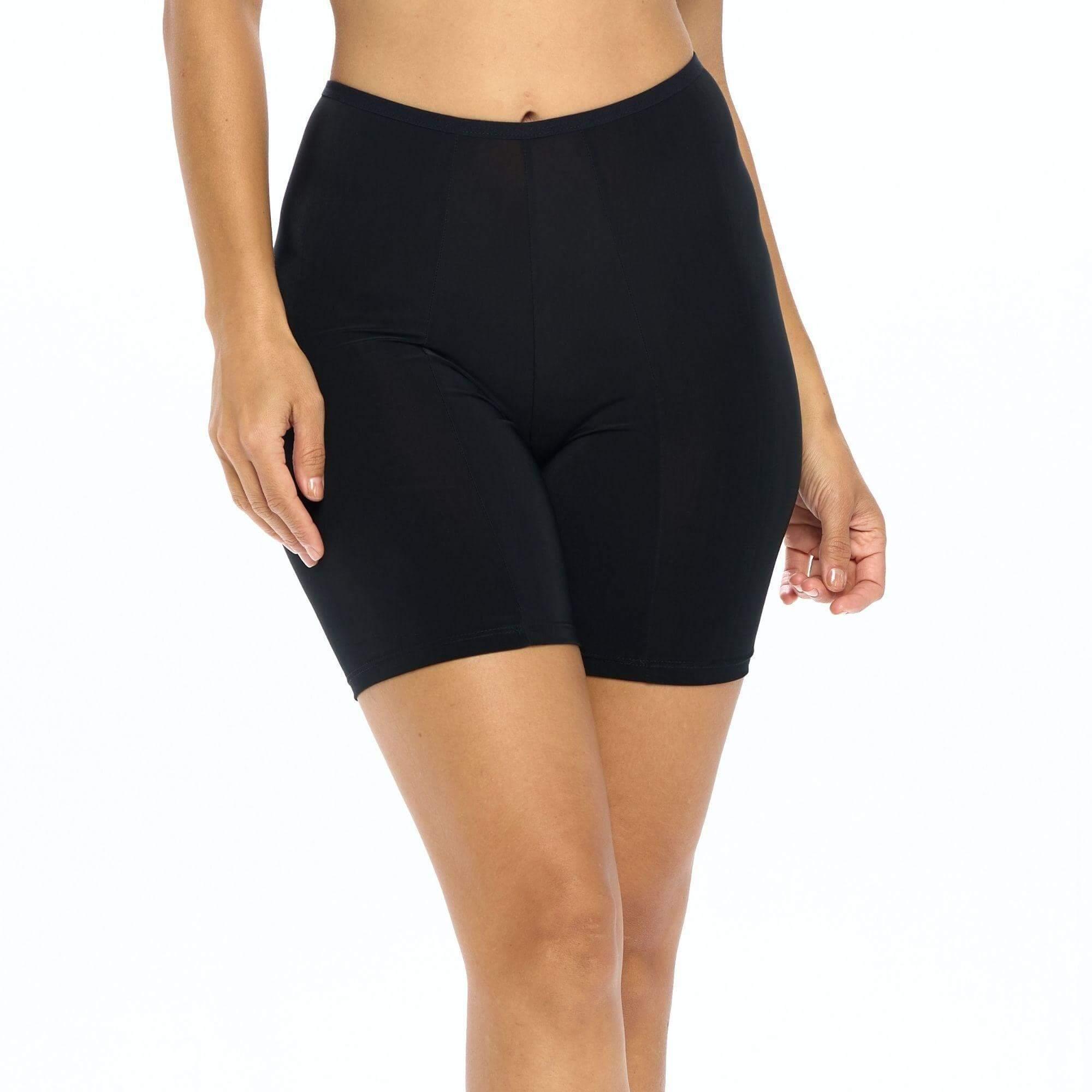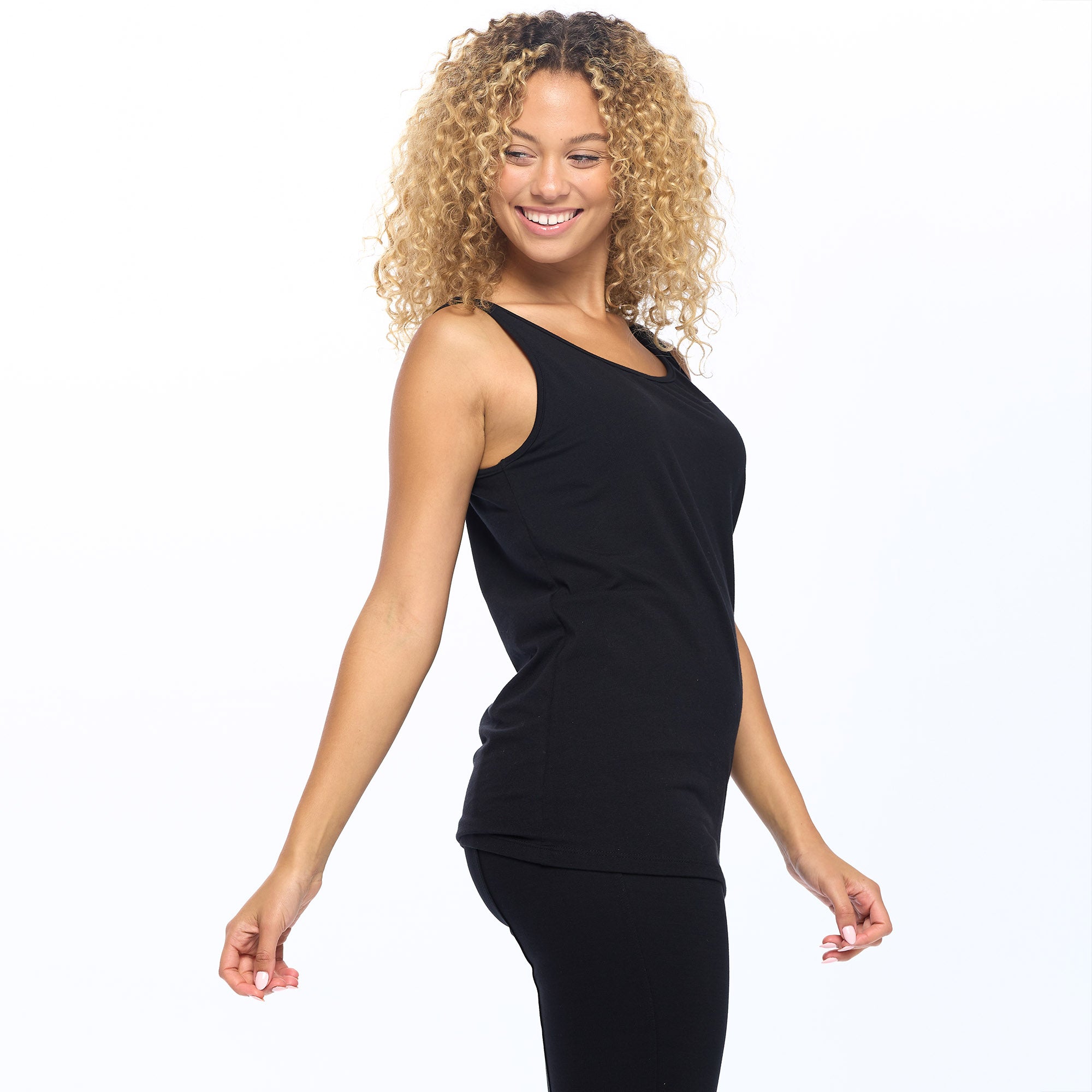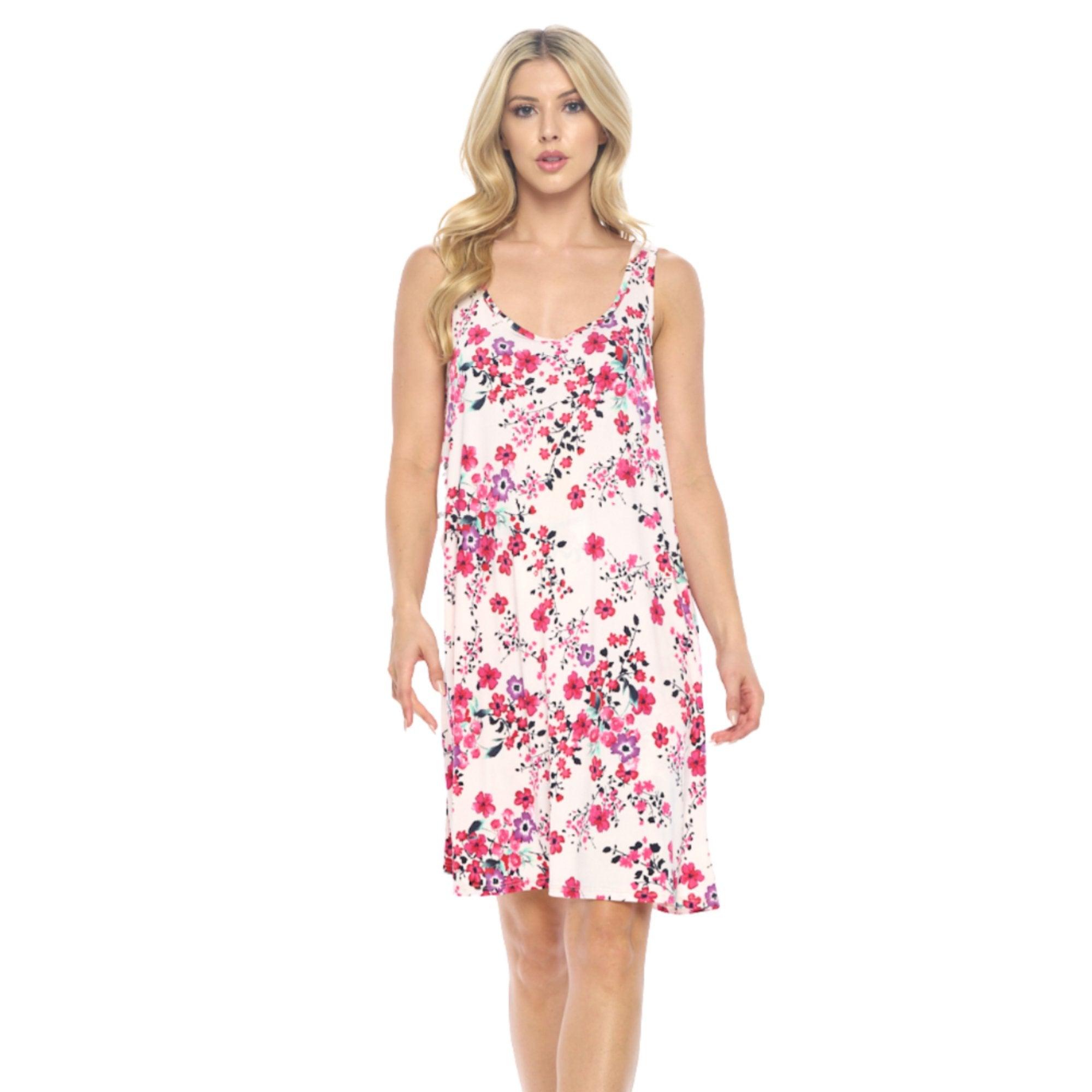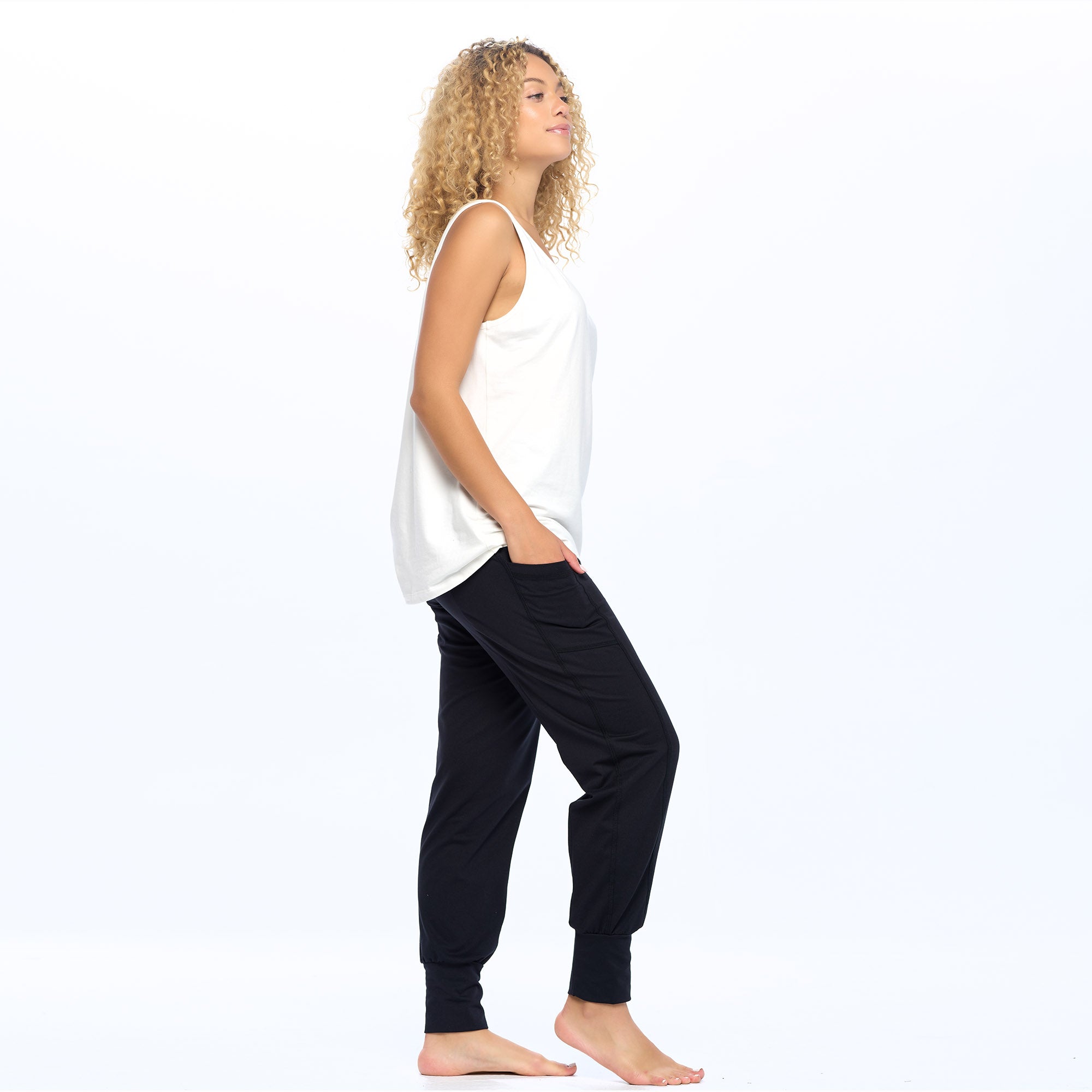Wearing dresses is a delightful way to express your style and feel feminine and elegant. However, one common issue that can dampen the experience is chafing. Chafing occurs when the skin rubs against clothing, causing irritation, redness, and discomfort. Fortunately, with a few simple tips and tricks, many women can prevent chafing and enjoy the perfect outfit without any worries. In this blog post, we will explore practical ways to help you prevent chafing when wearing dresses.
Choose the Right Fabric
Choosing the right fabric is key in preventing chafing when wearing skirts and dresses. The fabric you select can greatly impact your comfort level throughout the day. Here's why opting for lightweight, breathable materials such as cotton or linen is beneficial:
- Air Circulation: Cotton and linen are natural fibers that allow air to circulate freely, keeping your skin cool and dry. This is particularly important in preventing chafing, as moisture accumulation can exacerbate friction and irritation. These fabrics have an open weave that promotes ventilation, reducing the likelihood of sweat build-up and creating a more comfortable environment for your skin.
- Softness and Smoothness: Cotton and linen fabrics are known for their softness and smooth texture. When your skin comes into contact with these fabrics, there is less abrasive friction compared to rougher materials. The gentle touch of cotton or linen helps minimize the potential for chafing, providing a more pleasant wearing experience.
- Moisture Absorption: One of the advantages of cotton and linen is their ability to absorb moisture. These fabrics have a high moisture-wicking capacity, which means they can effectively draw sweat away from your skin and onto the fabric’s surface, where it can evaporate more efficiently. By keeping your skin drier, cotton and linen help reduce the likelihood of chafing caused by dampness and friction.
- Hypoallergenic Properties: Cotton and linen are generally hypoallergenic, making them suitable for individuals with sensitive skin. These fabrics are less likely to cause irritation, redness, or allergic reactions. If you have a history of skin sensitivity or are prone to chafing, choosing hypoallergenic fabrics like cotton and linen can significantly reduce the risk of discomfort.
- Versatility: Cotton and linen are versatile fabrics that can be found in various dress styles, from casual sundresses to elegant evening gowns. Their natural breathability and comfort make them suitable for different climates and occasions. Whether you're attending a summer garden party or a formal event, you can find dresses made from cotton or linen that not only look fashionable but also prioritize your comfort and prevent chafing.
Wear Proper Undergarments
Slip shorts under dresses are a great way to prevent chafing and keep you comfortable all day. The lightweight and breathable fabric protects your skin from friction and irritation caused by the constant rubbing of your thighs. Slip shorts offer moisture-wicking technology to keep you cool and dry in warmer weather. They are available in various lengths, styles, and colors, making them perfect for all occasions all year round.
Apply An Anti-Chafing Product

One effective way to prevent chafing skin irritation when wearing dresses is by applying a protective skin product to the affected areas. This helps reduce friction between the skin, body, and clothing, which can help prevent painful chafing and irritation.
Several anti-chafing skin products are available, including petroleum jelly, creams or balms, and talc-free baby powder. Petroleum jelly is a popular option as it is affordable and widely available. Applying a thin layer of petroleum jelly to the inner thigh area can help reduce friction and prevent chafing.
Anti-chafing creams or balms are specifically designed to prevent chafing and contain ingredients such as aloe vera and vitamin E to soothe and protect the skin. These anti-chafing products are available in both regular and waterproof versions, making them a great option for summer and for those who may be sweating or participating in physical activities.
Talc-free baby powder is another option that can help prevent chafing. This type of powder is safe for sensitive skin and can be used to absorb moisture and reduce friction. When using powder, be
Overall, applying skin protection to the legs, thighs, and other affected areas can effectively prevent chafing when wearing dresses. It is important to find the best method for you and apply it as needed throughout the day for maximum protection.
Opt for Dress Styles that Minimize Friction

One of the best ways to minimize friction and sore skin and prevent chafing is to choose dress and skirt styles that don't cause rubbing. Opt for dresses that won't ride up or stick to your skin, as these can cause painful chafing. A-line dresses, maxi dresses, or dresses with a loose-fitting silhouette can reduce the chances of skin-to-skin contact, thus reducing the risk of chafing. Avoid tight-fitting dresses or those with heavy embellishments, as they can increase friction and irritation.
Conclusion
Chafing can be frustrating and uncomfortable, but following these tips and tricks to prevent inner thigh chafing can prevent it from spoiling your love of wearing dresses. Remember to choose the right fabric, wear appropriate undergarments, apply skin protection, consider specialized products like Undersummers, and opt for dress styles that minimize friction. By implementing these strategies, you'll enjoy the perfect outfit with confidence, free from the discomfort of preventing thigh chafing.
Undersummers offers a wide range of anti-chafing, moisture-wicking slip shorts and boxer briefs in various lengths, styles, and colors that are perfect for wearing under any outfit. Browse our collection today and find the perfect slip shorts to keep you comfortable and confident in your favorite dress.









